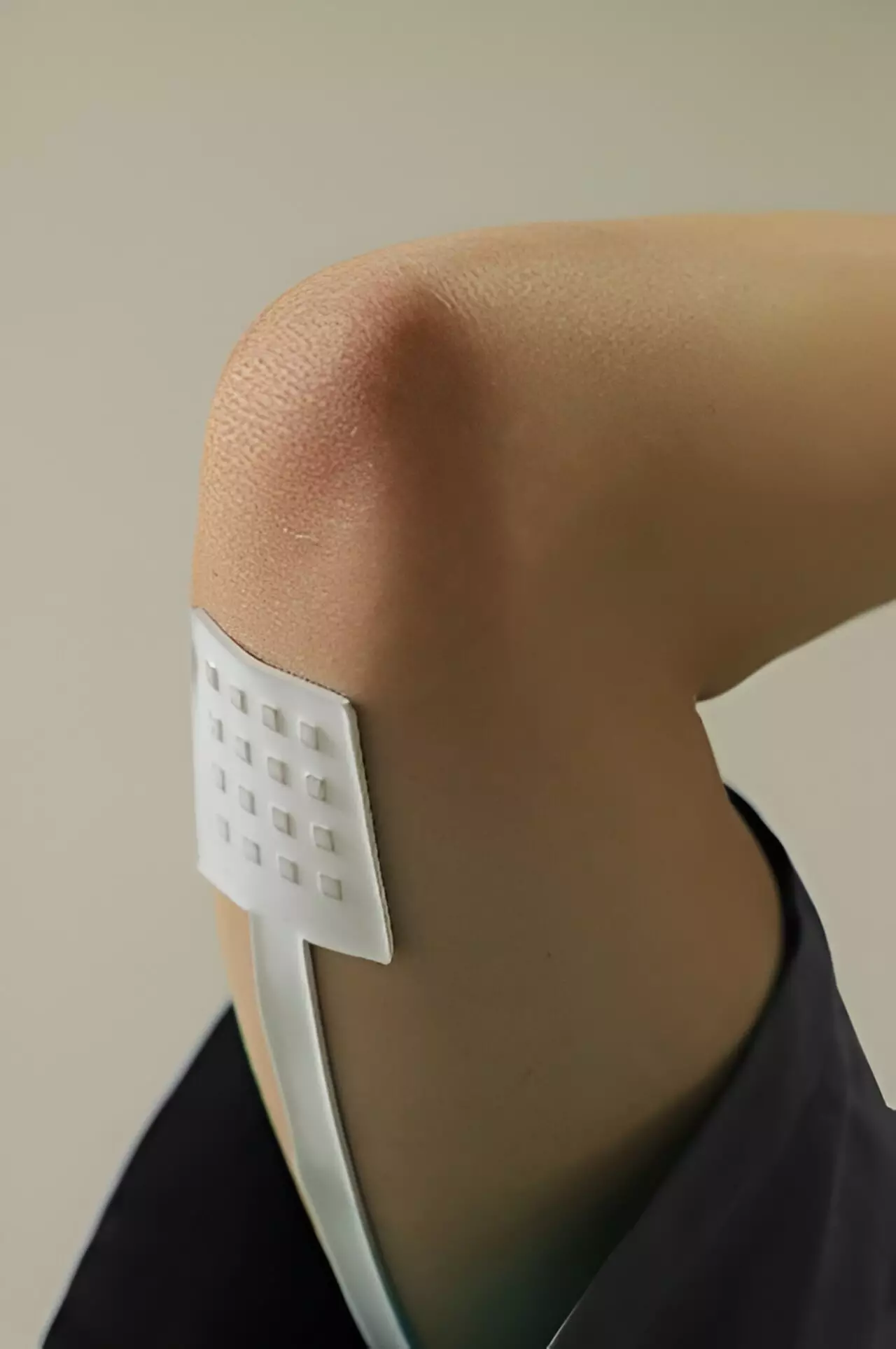The world of technology is constantly evolving, and recent research from Peking University has brought us one step closer to a groundbreaking advancement in flexible tactile sensors. Imagine a future where sensors adhere seamlessly to the skin, detecting biomechanical signals with precision and customization. This fiction-like material is becoming a reality, thanks to the development of flexible, modular tactile sensors utilizing 3D micro strain gauges as sensing units.
In a study published in Science Advances, researchers have introduced a new era of high-density mapping of pressure, wireless monitoring of biomechanical signals, and decoupled measurement of temperature, normal force, and shear force. These 3D micro strain gauges offer an exciting array of possibilities for the development of flexible tactile sensors and electronic skins. By transforming planar strain gauges into 3D forms using lithographic techniques, the spatial density and sensing modality are significantly improved.
The 3D micro strain gauges, driven by thin film stress, exhibit exceptional consistency and stability, showcasing parallelization and mass processing capabilities. This process is fully compatible with microfabrication, allowing for seamless integration with microelectronics. By customizing the performance of sensors through adjustments in the shape of the 3D microstructure and thin film thickness, the sensitivity and properties of the tactile sensor can be easily modified, catering to diverse needs.
Each flexible sensor incorporates four 3D micro strain gauges oriented orthogonally, enabling precise decoupling of normal force and shear force to determine the magnitude and direction of external forces. Additionally, a temperature sensing module is included in the sensor design. The researchers have also implemented an anti-crosstalk circuit to support the spatiotemporal mapping of normal and shear forces, ensuring accurate detection at the skin interface.
These 3D micro strain gauges have opened up a world of opportunities, with compatibility in both microelectronics and macroelectronics. The potential applications stretch from robotics to biomedicine and consumer electronics. This technological breakthrough enhances the sensing performance and integration solutions of flexible tactile sensors, promising enormous advancements in the fields of microelectronics and microelectronics.
As we move forward into a future filled with innovation and technological advancements, the development of flexible tactile sensors represents a significant step towards enhancing our interaction with machines and devices. The seamless integration of these sensors with the human body opens up a multitude of possibilities in various industries, from healthcare to consumer electronics. With ongoing research and development in this field, we can expect to see even more remarkable advancements in the near future.


Leave a Reply